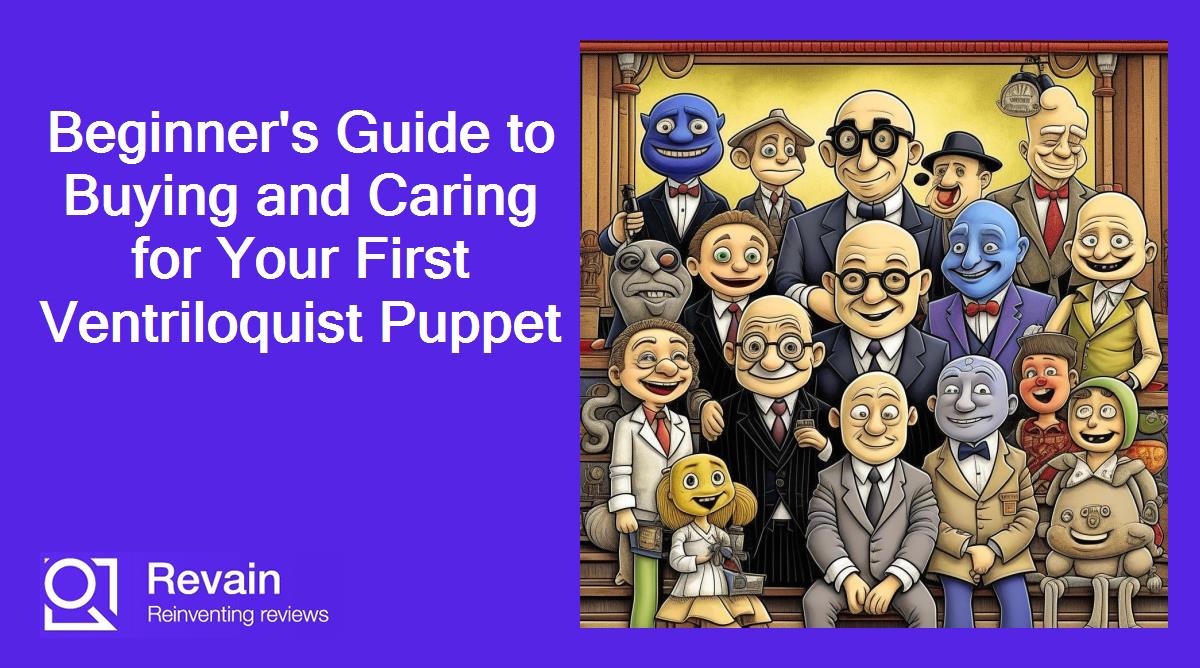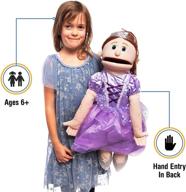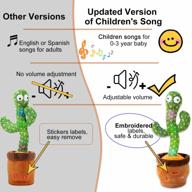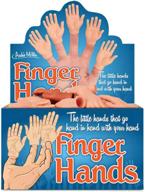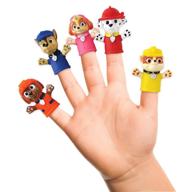Top products in 🗣️ Ventriloquist
Types of Ventriloquist Puppets
Ventriloquist puppets come in many different forms, but they generally fall into three main categories: soft puppets, hard puppets, and humanette puppets.
Similar products
Soft Puppets
Soft ventriloquist puppets have a cloth body and face, with movable mouths controlled by the ventriloquist's hand. They often have yarn hair and may wear cloth costumes. Some key examples of soft puppets include:
- Traditional sock puppets
- Hand puppets like Lamb Chop
- Animal puppets with fuzzy fabric exteriors
Pros:
- Lightweight and easy to transport
- Expressive fabric faces
- Easier for beginners to manipulate
Cons:
- Less durable than hard puppets
- Mouth movements may be less precise
- Can't hold detailed expressions
Hard Puppets
Hard ventriloquist dummies have heads and faces made from papier-mâché, wood, or plastic. Their mouths are controlled by internal mechanical parts rather than the ventriloquist's hand directly. Famous examples include Charlie McCarthy and Madame.
Pros:
- Can hold very intricate, lifelike facial expressions
- Allow more nuanced mouth manipulation
- Durable material lasts longer
Cons:
- Heavier and more difficult to transport
- Require more skill to operate
- Can be expensive or time consuming to create
Humanette Puppets
Humanette puppets have near life-size bodies with realistic human-like heads and facial features. Their larger size allows for very detailed expressions. The most famous humanette is Shari Lewis's puppet Charlie Horse.
Pros:
- Extremely lifelike appearance
- Can perform body gestures and mannerisms
- Easier for audiences to connect with
Cons:
- Bulky and difficult to transport
- Require extra handlers or rigging to support body
- More expensive to produce
When selecting a ventriloquist puppet, consider your skill level, budget, and how you intend to use it. The right puppet can bring your act to life and delight audiences.
Materials Used for Ventriloquist Puppets
Ventriloquist puppets are made from a variety of materials, depending on the type and complexity of the puppet.
Soft Puppet Materials
The main materials used for soft ventriloquist puppets include:
- Fabric - Common fabrics are cotton, wool, felt, fleece, etc. Used for the exterior body and clothing.
- Fur or yarn - For hair, beards, mustaches, animal coats.
- Foam or batting - Provides filling for 3D shaped heads and bodies.
- Buttons, plastic eyes, lace - Decorative facial features.
Soft puppets are relatively simple to make using basic sewing skills. The fabric is cut into pattern pieces, then sewn together and stuffed with batting. Details like facial features and hair are added last.
Another interesting products
Hard Puppet Materials
Hard ventriloquist dummy heads are made from:
- Papier-mâché - Paper and glue layered into desired shapes.
- Wood - Carved into head and facial shapes.
- Plastic - Molded into durable puppet heads.
The inner mechanical parts may consist of:
- Hinges - Control mouth movement.
- Springs - Reset mouth to neutral.
- Levers and rods - Manipulate eyes, brows, lids.
- Wires - Guide head positioning.
The body can be cloth, wood, or plastic. The materials allow very precise mouth and facial movements.
Humanette Puppet Materials
Humanette puppets use similar materials as soft and hard puppets, but on a larger scale. The common materials include:
- Padding and foam - Shapes oversized head and body parts.
- Fabric skin - Covers foam foundations realistically.
- Silicone - Achieves lifelike skin texture.
- Metal rods - Support puppet framework.
- Synthetic hair - Styled in realistic hairdos.
High quality materials enable large scale ventriloquist puppets to take on startling human-like appearances and mannerisms.
Buying Your First Ventriloquist Puppet
Purchasing your first ventriloquist puppet is an exciting milestone! Here are some tips for choosing the right beginner puppet:
Set Your Budget
Ventriloquist puppets range hugely in price from $20 for a basic hand puppet to $5000+ for a collectible, professional dummy. As a beginner, aim for $100-300 for a quality starter puppet.
Choose the Type
Consider a soft puppet or simpler dummy for your first purchase. More complex dummies with moving eyes and mouths take more practice to master. A basic hand puppet is a good choice.
Find a Reputable Seller
Purchase from trusted ventriloquism shops and suppliers like:
- Axtell Expressions
- Puppet Pelts
- Dummies Unlimited
Decide on a Character
Select a puppet character that appeals to you:
- Child, senior, animal (dog, bird)
- Male, female, neutral
- Comedic, serious, mischievous
Evaluate Craftsmanship
Inspect photos closely for:
- Realistic, symmetrical face
- Smooth seam lines
- Hair/fur secured evenly
- No glue stains or tears
Check for Durability
The puppet should withstand being dropped and transported. Features like:
- Sturdy, tightly woven fabric
- Secure moving parts
- Well-attached wig
Read Reviews
Search for reviews of the specific brand and model you're considering. This can reveal pros/cons not visible in photos. Pay attention to reviewers' experience levels.
Accessorize
Consider options like detachable hands, legs, costume pieces. This adds versatility for skits and routines. But don't overcomplicate things starting out.
Following these tips will help you pick a high quality first puppet and get your ventriloquism journey off to a great start!
Caring for Your Ventriloquist Puppet
Ventriloquist puppets, especially valuable collectible ones, need proper care and maintenance. Here are some tips for keeping your puppet in top shape:
Storage
- Keep in cool, dry place away from direct sun, heat, and humidity.
- Store in hard case or hanging from a sturdy stand.
- Never place heavy objects on top of puppet.
Cleaning
- Dust regularly with soft brush or cloth.
- Spot clean marks gently with damp cloth.
- For hard heads/faces, use specialized dummy cleaner.
- Avoid submerging full puppet in water.
Maintenance
- Frequently check for damage, loosening joints, wear.
- Touch up paint and glue when needed.
- Replace elastic bands and wig caps over time.
- Re-secure eyes, nose, teeth if becoming loose.
Clothing
- Smooth wrinkled clothing after use.
- Check for ripped seams, loose buttons.
- Protect from stains, dust, tears.
- Hand or dry clean only.
Transport
- Use sturdy hard case with padding.
- Immobilize head and limbs separately.
- Buckle case securely and handle gently.
- Never check as airline luggage.
Use
- Move joints, mouth naturally to prevent strain.
- Rotate between multiple puppets.
- Allow to rest periodically.
- Retire from use before excessive wear.
With proper care and maintenance, your treasured ventriloquist puppet will deliver years of delightful performance.
How To Choose The Right Ventriloquist Puppet For Your Needs?
Choosing the right ventriloquist puppet is crucial for a successful performance. Here are some tips to help you choose the right puppet for your needs:
What Are The Different Types Of Ventriloquist Puppets Available?
There are several types of ventriloquist puppets available, ranging from traditional wooden figures to modern foam and latex puppets. Here are some of the different types of ventriloquist puppets:
When choosing a ventriloquist puppet, it is important to consider the type of figure you want to use, the controls of the puppet, the outfit of the puppet, and your budget. You can attend a convention or look in a specialist marketplace to research the market, meet other ventriloquists, and attend presentations to help you in your career.
What Are The Differences Between Soft Cloth And Foam Puppets For Ventriloquism?
Soft cloth and foam puppets are becoming increasingly popular with ventriloquists. Here are some differences between the two types of puppets:
Soft Cloth Puppets:
Foam Puppets:
In general, soft cloth puppets are more versatile and customizable, while foam puppets are more comfortable to handle and easier to maintain. The choice between the two types of puppets ultimately depends on the ventriloquist's personal preferences and needs.






